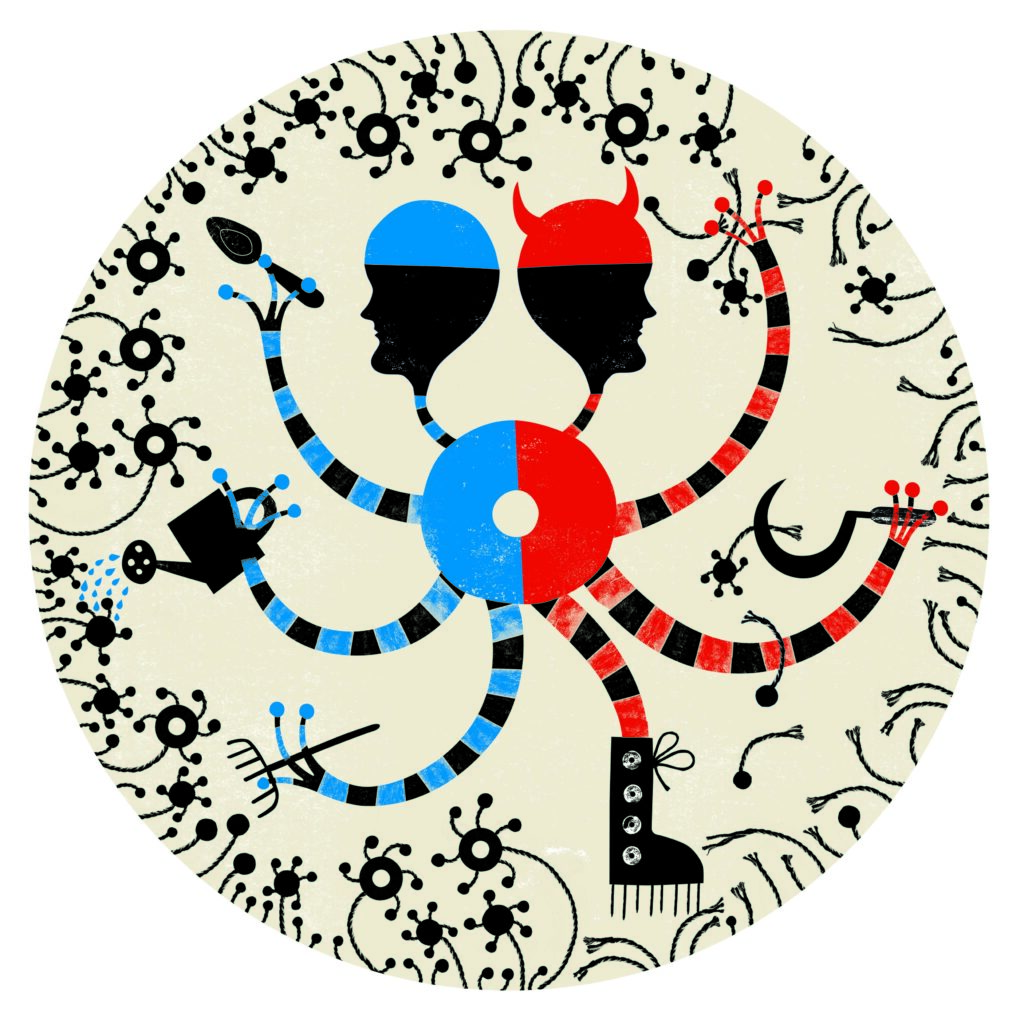Brain cells gone bad
An explanation for how normally benevolent brain cells called astrocytes turn ruthless and destroy injured neurons

The late Stanford Medicine neuroscientist Ben Barres, MD, PhD, was among the first to discover that a certain type of cell in the brain is far more instrumental in the shaping and care of neurons than had previously been imagined.
But under some inflammatory conditions, Barres’ team reported before he died in 2017, these benevolent cells, called astrocytes, change course and destroy injured neurons that might have survived.
The team suspected the destruction was caused by an unknown substance that astrocytes oversecrete when they go rogue.
At the time, Barres said discovering how the astrocytes go wrong could be key to halting the progression of such neurodegenerative disorders as Lou Gehrig’s, Alzheimer’s, Parkinson’s and Huntington’s diseases.
Though they are still looking for the mechanisms behind the phenomenom, Kevin Guttenplan, PhD, a former Barres grad student, and Shane Liddelow, PhD, a former postdoctoral scholar in Barres’ lab, have identified the toxins astrocytes use as ammunition when they turn bad.
Guttenplan, now a postdoc at Oregon Health and Science University, was lead author of the research published in October 2021 in Nature. Liddelow, now an assistant professor of neuroscience and physiology at New York University, shared senior authorship with his deceased mentor, Barres.
“Initially, everybody assumed the mystery toxin was probably a protein,” said Guttenplan. But it turned out to be certain unusually elongated lipids, carried by the protein ApoE, which regulates fat metabolism.
These lipids, which are more deadly as they grow, are normally produced at low levels. But production jumps when astrocytes behave badly. “This was our homage to Ben,” said Liddelow, who is pursuing a drug to block the enzyme that’s essential to producing the extra-long lipids.
Read full story here.

